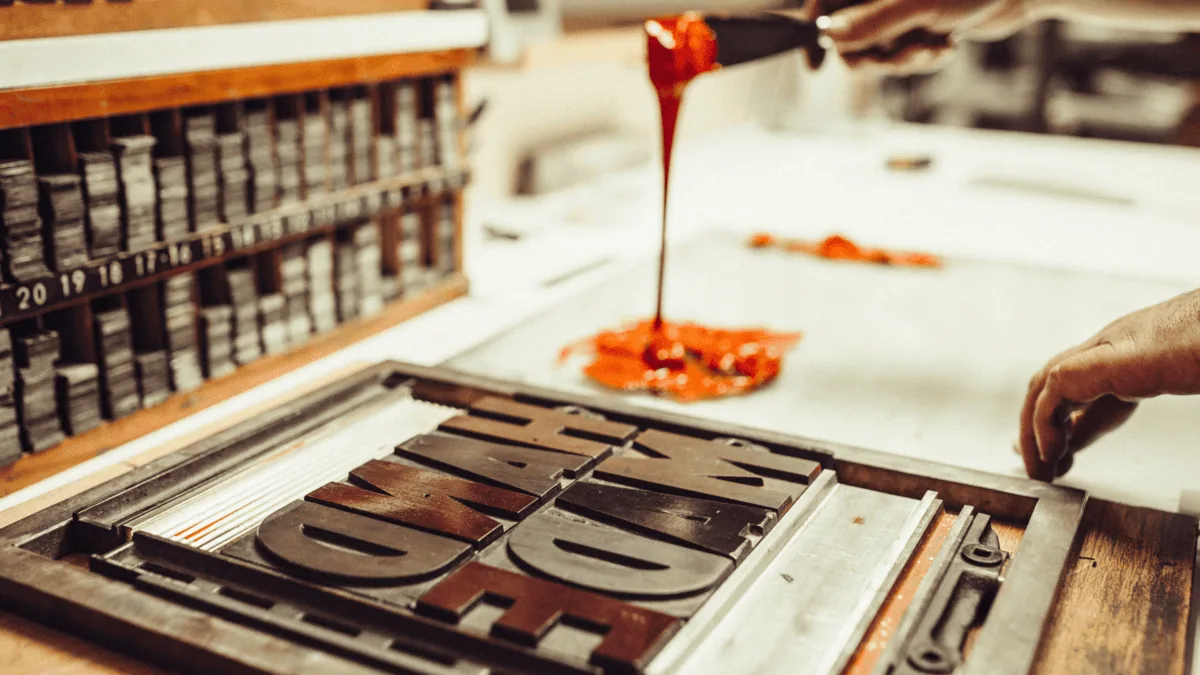In the rapidly evolving world of printing, the industry has seen a shift towards speed, efficiency, and cost-effectiveness. Modern printing technologies, such as digital printing and automated presses, have revolutionized the way we produce printed materials. However, this relentless drive for efficiency has come at a cost: the decline of traditional printing skills and craftsmanship. As we embrace the conveniences of modern printing, it’s crucial to acknowledge the unique qualities and superior results that traditional techniques offer and make a compelling case for their preservation and revival.
The Beauty of Traditional Printing Techniques
Traditional printing methods, such as letterpress, intaglio, and lithography, are not merely mechanical processes but forms of art that require a high degree of skill, precision, and creativity. Each technique has its own distinct character and aesthetic appeal, resulting in printed materials that are rich in texture, depth, and visual impact.
- Letterpress Printing:
- Intaglio Printing: Known for its exquisite detail and depth, intaglio printing uses engraved plates to transfer ink onto paper. This technique is often used for currency, fine art prints, and high-quality documents, producing results that are unmatched in clarity and precision.
- Lithography: This method relies on the immiscibility of oil and water to transfer images from a flat surface. Lithography can produce a wide range of colors and intricate details, making it ideal for high-quality art reproductions and posters.
The Loss of Craftsmanship
With the advent of digital printing, the emphasis has shifted towards speed and mass production. While digital printing offers many advantages, such as quick turnaround times and lower costs for short runs, it often sacrifices the unique qualities that traditional printing techniques provide. The tactile sensations, the nuanced textures, and the depth of color achievable through traditional methods are often lost in digital reproductions.
Moreover, the skills required to operate traditional printing presses are becoming rare. As older generations of craftsmen retire, fewer young people are entering the field, leading to a decline in the transmission of these valuable skills. This loss is not just a matter of technique; it’s a loss of the artistry and dedication that define true craftsmanship.
The Case for Preservation and Revival
Preserving traditional printing techniques is not about rejecting modern technology; rather, it’s about recognizing and valuing the unique contributions that these methods bring to the table. There is a growing appreciation for handcrafted, artisanal products in many industries, from food and beverages to fashion and home decor. Printing should be no different.
Reviving traditional printing techniques can offer numerous benefits:
- Quality: The superior results of traditional methods can elevate printed materials to works of art, making them stand out in a world of mass-produced items.
- Sustainability: Traditional printing often uses higher-quality, more durable materials, resulting in products that last longer and reduce waste.
- Cultural Heritage: Preserving traditional printing methods keeps a vital part of our cultural and artistic heritage alive, ensuring that future generations can appreciate and learn from these time-honored techniques.
- For businesses, offering traditional printing services can differentiate them from competitors, attracting clients who value quality and craftsmanship.
As we navigate the future of the printing industry, it’s essential to balance the benefits of modern technology with the irreplaceable qualities of traditional craftsmanship. By valuing and preserving traditional printing techniques, we can ensure that the art of printing continues to thrive, offering unparalleled beauty and quality for generations to come. Let’s celebrate the rich legacy of traditional printing and work towards its revival in our modern world.
Request a Quote
Over the years we have accumulated a lot of knowledge about how to create compelling impactful marketing communications. We are here to answer any questions you might have or offer guidance to help take your project from good to GREAT! Give us a call today.

